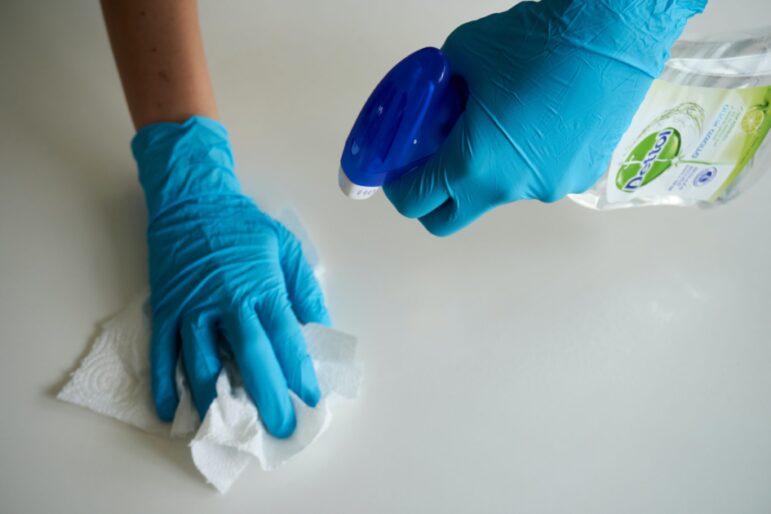As the pandemic continues to influence how, when, and where we clean, cross-contamination remains a top priority among maintenance managers and commercial cleaners. The practices and procedures we once used may not be adequate by today’s standards, so take a look at your cleaning plan to determine if you are sanitizing as effectively as you need to be.
Cross-contamination can compromise the health of the people in your building, spreading germs, viruses, and bacteria. Practice the safest cleaning you can by lowering the chance of cross-contamination.
There are several steps you can take to minimize the risk of cross-contamination in your facility:
- Clean in the right order. Cleaning and then disinfecting will maximize the effects of your efforts, removing the dirt from the area before sanitizing.
- Identify “hot spots,” or high-traffic areas where there may be a higher risk for contamination, and give those areas extra attention.
- You may want to create a system with colour coding to indicate where high-risk or high-traffic areas are so you can be specific with your cleaning strategy for each area.
- Use the appropriate amount of cleaning product. Using too much can inhibit the cloth from latching onto germs, spreading them rather than removing them from the area.
- If you are using products that require dilution, be sure to follow all instructions exactly, including the recommended dwell time, which is required for the product to be able to effectively kill pathogens.
- Create simple processes, with easy-to-follow instructions to train your team to follow the protocols that best avoid cross-contamination. Everyone needs to be on the same page so that cleaning remains consistent and safe for everyone in your building.
- Conduct an audit of all your tools to determine whether they can be improved to increase sanitization. Things like string mops or single mop buckets need to be upgraded to make cleaning safer and more hygienic. Consider switching to HEPA filters, flat mops, and more.
- Similarly, keep your janitor’s closet or equipment storage neat and tidy so that dirty and clean tools are separated, and it is easy to access the tools you need when you need them.
We’ve heard a lot about hand hygiene in the last few years, but keeping it top of mind for staff and visitors will also help to stop the spread of germs on surfaces. Creating a strategy of best practices to reduce the risk of cross-contamination will keep your building clean, people safe, and your business running.








